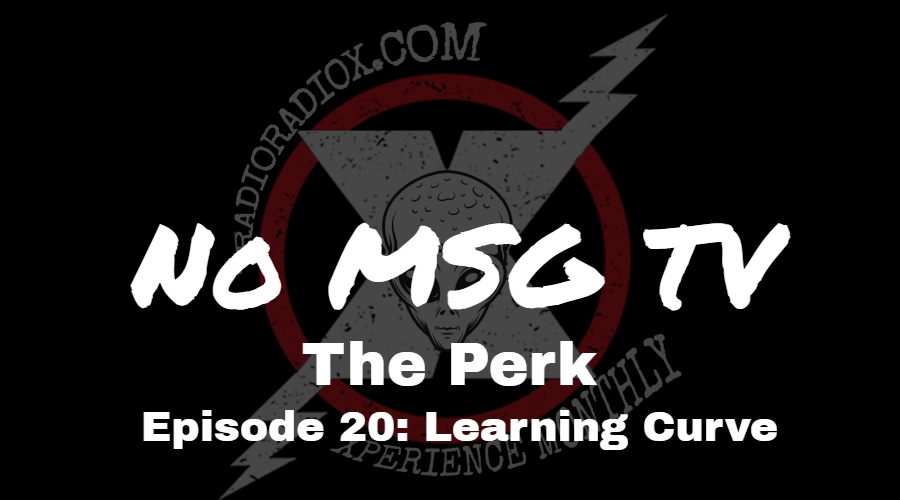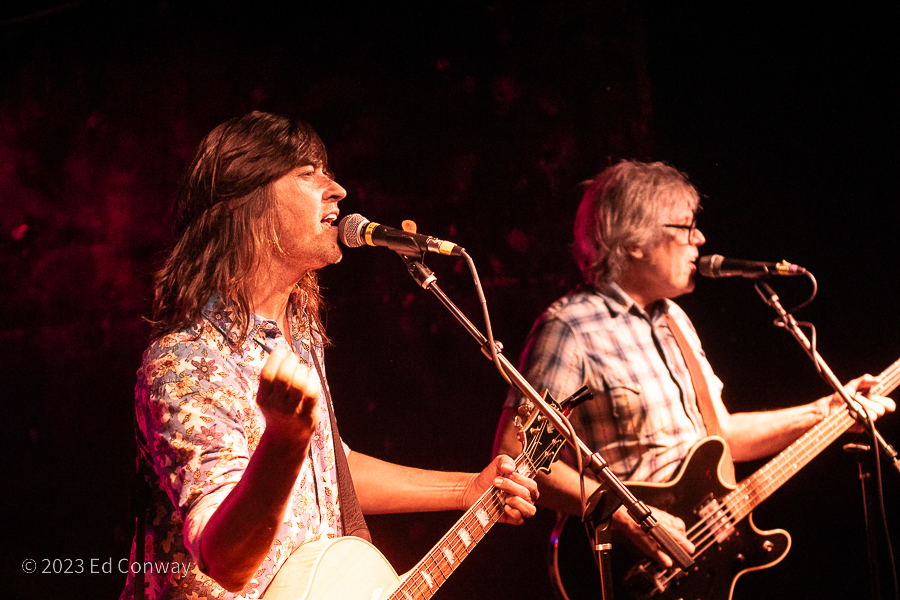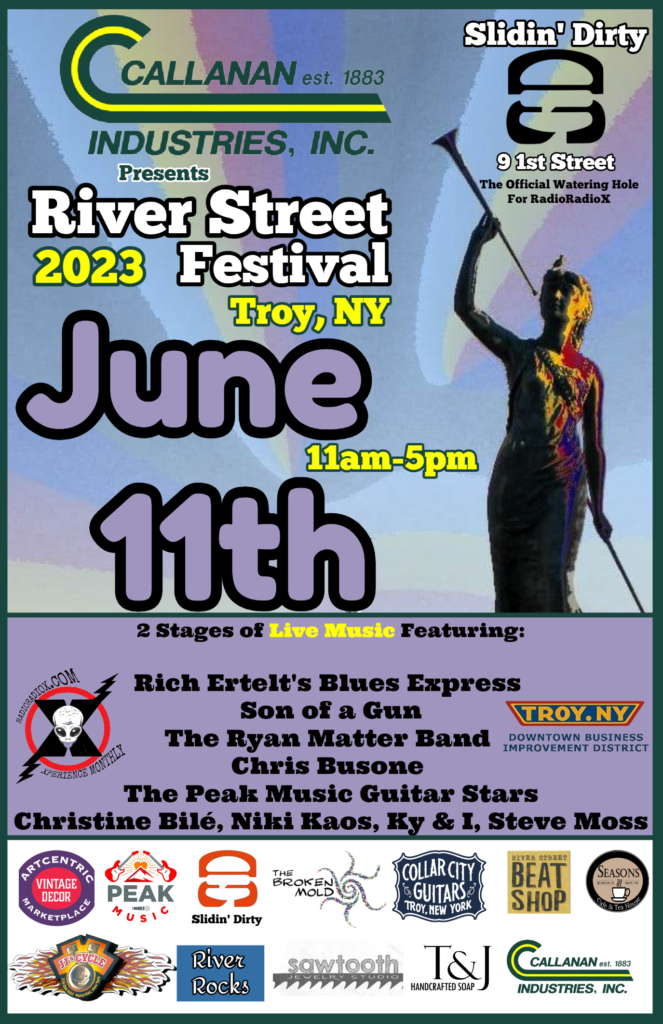Motown – Hits on Down the Line – Liam Sweeny
Written by Staff on May 10, 2023
Motown – Hits on Down the Line.
In 1919, the port city of Detroit had just under a million people over an area of about 143 square miles. It’s river, streets, parks and architectural grandeur, including the Masonic Temple, Central Train Depot, Guardian and Fisher Buildings, caused some to call it “the Paris of the west.”
But its glamour had an underside of grit. To quote author Elmore Leonard, “…and then there are cities who have to work for a living.”
But the beauty of a city rests not on the grass of a park or the shimmering reflection of buildings on a river’s surface, but on its culture. And that culture, when it crosses the ear, comes from a rich and diverse tradition.
To really get the sound of Detroit, you have to understand the Great Migration. From the very early twentieth century into the 70s, much of the Black population of the South came up north to escape the dire racism they faced daily, and to get steady jobs. And in 1907, Henry Ford built his first assembly-line automobile factory in Detroit’s Highland Park section. He was offering good money at the time compared to other jobs, and it was stable. Soon, there were factories by Ford, Hudson, Packard, Studebaker, Chrysler, and General Motors. Black migrants found a home in the factories, and in Detroit itself.
You could say it was the blues and jazz that first took route in the Detroit musical landscape. One could argue what was hot in the very early nineteen hundreds, but by the 1930s, jazz greats Count Basie, Billy Holliday, Louis Armstrong, Ella Fitzgerald and Duke Ellington were performing at Paradise Theater (or Orchestra Hall.) And these were the visiting performers.
Detroit had its own homegrown jazz greats. Harpist Alice Coltrane, guitarist Kenny Burrell, Trumpeter Donald Byrd, and pianist Tommy Flanagan are just a few to have Motor City stamped on their birth certificate.
It’s hard to talk about jazz without talking about the blues, and in Detroit, one name rings out. John Lee Hooker. Hooker was lured to Detroit like everyone else, for a job, but as a blues player, he liked that there was less competition than there was in Chicago.
Blues had existed in Detroit before John Lee Hooker, but he gave it a renewed vigor, and with the likes of cats like T-Bone Walker, joined a scene on Hastings Street where black owned music, clubs, and shops (not to mention bordellos) had street numbers. On Hastings you could find “black and tans,” clubs where any color person could go in and hear music together.
Of course, this scene didn’t survive the fifties, when the whole area was razed for urban renewal, and along with other musicians, Hooker went back to Chicago.
The blues wouldn’t last long if it could be defeated with a bulldozer. Really, it was rock music that put a damper on the blues in Detroit. “All that rock music put a whippin’ on the blues,” said player Eddie Burns, who recorded with Hooker. “The DJs played a big part. If you didn’t have the kind of record they wanted, you didn’t get no plays, which is how your record would make it.”
It’s beyond the scope of this to go into fine detail of the entire Detroit music history, but it’s important to understand two things to get to Berry Gordy, Jr. and Motown. One, Detroit was a culturally diverse city in flux, with very different people having to share space; and two, a technology revolutionizing the world based itself in the city limits.
Berry Gordy, Jr. was a boy interested in music from ten who’d become a boxer fighting professionally, who then became a soldier at war in Korea, and upon his return became a worker on a Ford Lincoln-Mercury assembly line. In between, he owned a jazz record store. Gordy was a fighter, tenacious. He was disciplined, and he knew about efficiency and quality control. And he knew music.
His first foray into producing music was the creation of Tamla Record Company in 1959. He produced Marv Johnson’s “Come To Me,” recording at the same studio John Lee Hooker recorded “Boogie Chillun.”
Gordy then got a loan for $800 to open up a record company on 2648 West Grand Boulevard. It was a two-story building, and he and his wife lived on the second floor. Over the front door, a sign: “Hitsville, USA. That year, after a song he had co-written with Barrett Strong called “Money (That’s What I Want)” made it to #2 on the charts, Gordy would incorporate Tamla Record Company, and bring “Hitsville, USA” to a new name: The Motown Record Company.
There was one musician that was integral to Berry Gordy Jr. and the success of Motown, and that was Smokey Robinson. A hospital worker originally, Smokey’s falsetto would make him a national hit, and his personal friendship with Gordy would create a partnership of sorts that would unlock doors for both. Smokey’s hits included “Shop Around,” in 1960, “You Really Got A Hold On Me,” in 1962, and “I Second That Emotion,” in 1967.
Despite its reputation, Motown wasn’t just a stable of big names and hit songs. Well, it was. And for those who like to collect names and trivia, here are a few Hummel figurines for you. Before we list a few, know that with 110 Top Ten hits, we’ll miss a few.
Motown produced such songs as “Ooo Baby Baby,” by Smokey Robinson & the Miracles, “How Sweet It Is (To Be Loved by You),” by Marvin Gaye, “Dancing in the Streets” and “My Baby Loves Me,” by Martha Reeves and the Vandellas, “ABC,” by the Jackson 5, “Ain’t Too Proud to Beg,” by The Temptations, “Reach Out (I’ll Be There),” by Four Tops, “Uptight (Everything’s Alright),” by Stevie Wonder, and “People Get Ready,” by The Impressions.
And of course, let’s just give the Supremes their own space, with the songs “Where Did Our Love Go,” “Baby Love,” “Come See About Me,” all in 1964, “Stop! In the Name of Love,” “Back in My Arms Again,” and “I Hear a Symphony,” all in 1965, and “You Can’t Hurry Love” in 1966.
There was a magic in Motown. Or rather, there was a science. To mention first that they had a fantastic house band called “The Funk Brothers,” their “magic” was born out of the factories that Gordy had worked on. In some ways it was like the “boy band” cookie-cutter stuff we have today, but with actual feeling. For example, Gordy had “quality control,” in that nothing made it out of the studio that he didn’t think would reach a wide audience. He made the boardroom ponder whether a consumer would buy thee song in question or a sandwich with their last dollar.
The music itself was recorded to sound good in low-fi car radios. And something they did that helped them tremendously was what Gordy called the “Artist Personal Development Department,” started in 1964. This was training that helped singers learn personal and performance skills, like choreography and presentation styles that would help them win over audiences.
One of the greatest things about Motown, beyond the chart-toppers, is that in the 1960s, Detroit was a powder keg. Protests were happening, and in 1967 a riot occurred that killed 34 people and led to 7,000 arrests and the incineration of 3,000 buildings. Yet Gordy and Motown were absolutely focused on writing and producing music that could be appreciated and accessible to all.
It might be said today that music is put together factory-style, with boy bands coming off the assembly line, but in the Motor City, in the birthplace of the actual automated assembly line, a record company like Motown could do what they did no other way.





 RadioRadioX
RadioRadioX